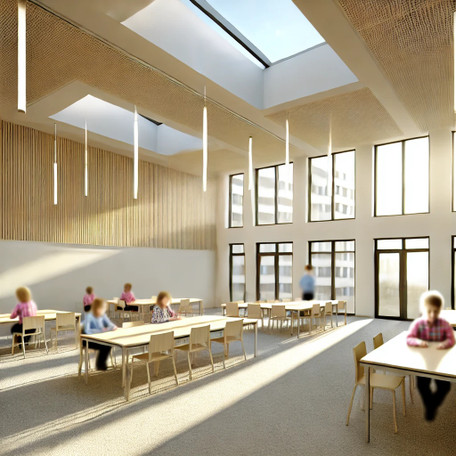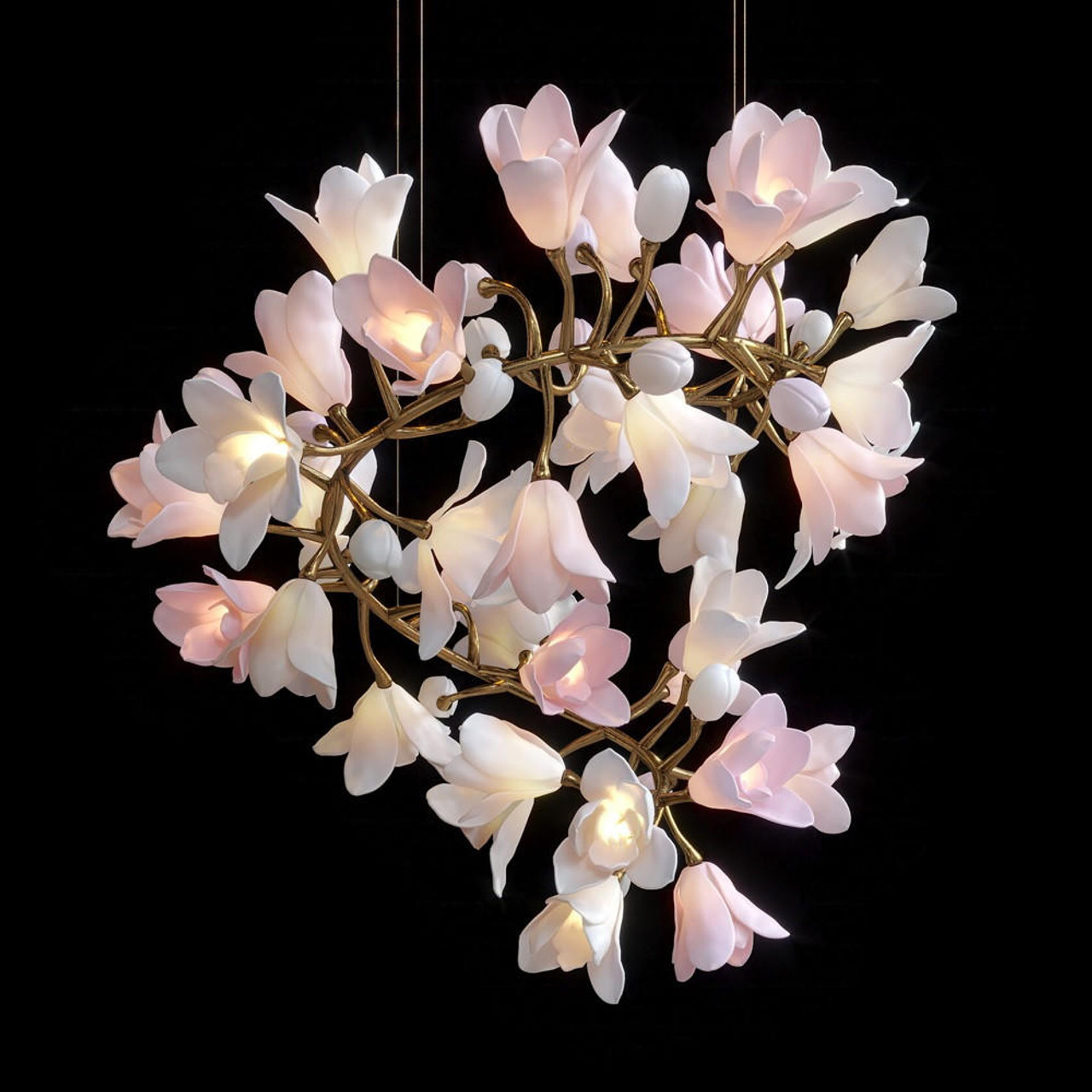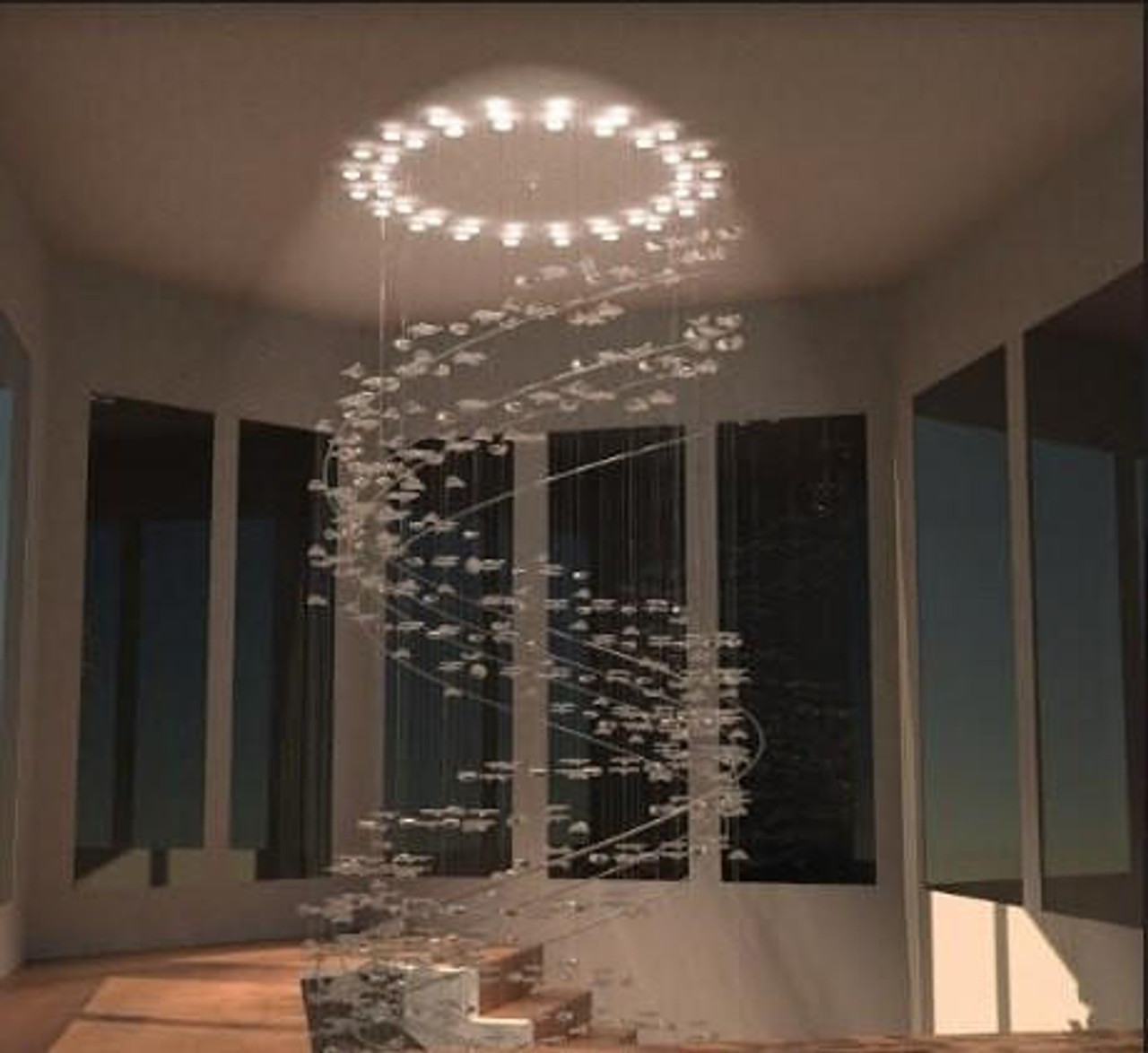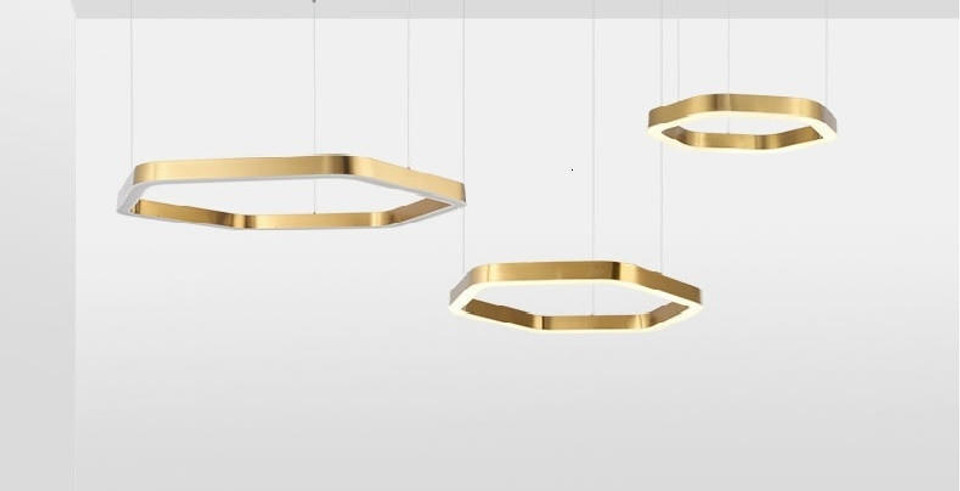Designing Budget-Friendly Learning Environments with Natural Lighting
Posted by Mary Jenkins - Architectural designer on 4th Sep 2024
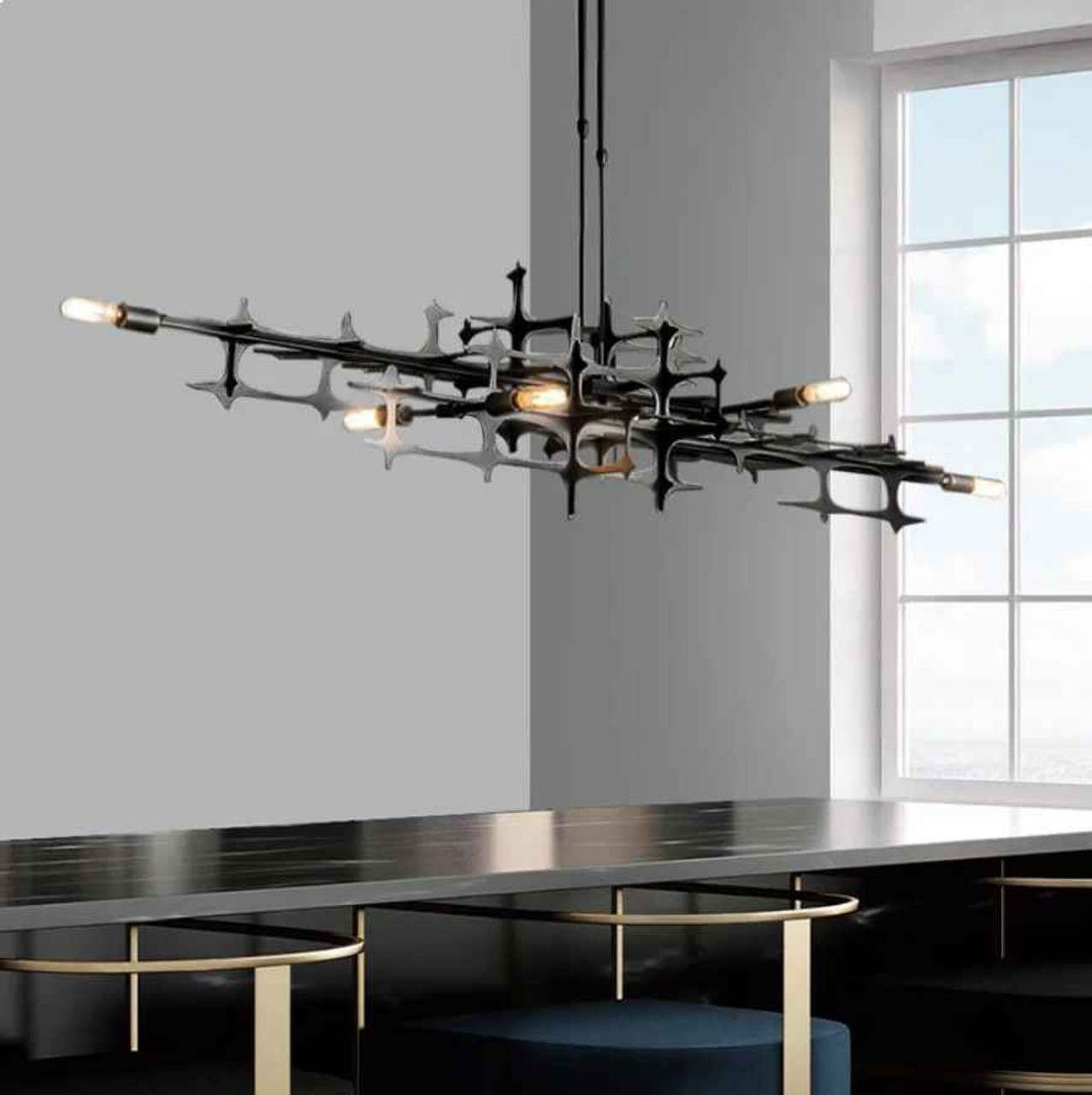 Designing Budget-Friendly Learning Environments with Natural Lighting
Designing Budget-Friendly Learning Environments with Natural Lighting
In an era of escalating construction costs and increasing awareness of the environmental impacts of architecture, the question of how we design functional, cost-effective, and sustainable learning spaces is no longer optional but essential. At the heart of this discussion lies the undeniable importance of natural light—a resource as old as time itself, yet often overlooked in favor of artificial alternatives. What if, however, the answer to both budgetary constraints and educational excellence is not about what we add to a building but rather what we can amplify from the world outside?
Natural light, unlike so many other architectural concerns, is not a commodity that needs to be purchased. Its existence, unassuming yet powerful, has the potential to transform the experience of a space. Yet, its true potential remains untapped in many educational buildings, especially those designed on tight budgets. As the architectural critic Ada Louise Huxtable once observed, "Good architecture is not a question of money but of commitment." It is this commitment to thoughtful, innovative design that opens the door to creating budget-friendly learning environments flooded with natural light—spaces that are not only affordable but also imbued with the emotional and cognitive benefits that daylight offers.
The Power of Natural Light in Education
Before we delve into the practicalities of design, it is worth pausing to consider the profound impact that natural light has on the human experience, particularly in the context of education. Numerous studies have shown that students exposed to higher levels of natural light perform better academically, exhibit improved concentration, and experience reduced levels of stress. The interplay of light and space is more than just an aesthetic concern; it is central to the way people think, feel, and learn.
Daylight has long been known to regulate circadian rhythms, improve mood, and increase productivity—qualities that are especially critical in the formative environments of schools and universities. Natural light is not just a source of illumination; it is a subtle educator in itself, shaping perceptions of time, season, and space. When students sit in a naturally lit classroom, their senses are attuned not only to the task at hand but also to the rhythms of the world outside—clouds drifting past, the soft transition of morning to afternoon, the ebb and flow of natural brightness.
So why is it that so many educational buildings, particularly those built on limited budgets, default to artificial lighting systems that drain both energy and attention? The answer often lies in a combination of outdated design practices and misconceptions about the cost of integrating natural light into architectural plans. Contrary to popular belief, the integration of natural lighting into a learning environment does not necessitate the overblown budgets and complex engineering associated with high-end architectural projects. With a thoughtful, measured approach, even the most modestly funded project can benefit from the aesthetic and functional advantages of natural light.
The Budget Dilemma: Common Pitfalls in Educational Architecture
Budget constraints in educational architecture are nothing new. From rural primary schools to inner-city campuses, administrators and architects have long wrestled with the challenge of delivering high-quality learning spaces within financial limitations. The result has often been a compromise—a prioritization of square footage over quality of space, or an overreliance on artificial lighting systems that are perceived as cheaper and easier to install.
In such environments, classrooms are typically built with minimal windows, sometimes with no exterior access at all, relying instead on fluorescent lighting to meet basic illumination needs. These decisions are often made with cost-saving in mind but at what cost to the students and teachers who inhabit these spaces? The sterile quality of artificial light has been shown to hinder concentration, fatigue the eyes, and contribute to an overall sense of discomfort, creating environments that are more prison-like than conducive to learning.
But this need not be the case. A budget-friendly approach to educational architecture can still embrace the fundamentals of good design, and natural light is one of the most accessible—and affordable—tools at an architect's disposal.
Strategic Design: Maximizing Daylight on a Budget
The key to creating budget-friendly learning environments with natural lighting lies not in expensive technologies or materials but in strategic thinking. At the heart of this strategy is a simple premise: design for light. By carefully considering the orientation of buildings, the placement and size of windows, and the use of reflective materials, architects can harness the power of daylight without exceeding budget constraints.
1. Building Orientation
One of the most cost-effective ways to maximize natural light in a school or university is through building orientation. By positioning classrooms and common areas to face the sun at key points throughout the day, architects can ensure that these spaces receive ample daylight without the need for complex interventions. In most climates, south-facing windows provide the best balance of light throughout the day, while north-facing windows offer soft, consistent illumination that is ideal for classrooms and lecture halls.
East- and west-facing windows, while offering beautiful morning or afternoon light, can pose challenges due to glare and heat gain. However, these challenges can be mitigated through thoughtful shading strategies, which need not be costly. Simple overhangs, awnings, or even strategically placed trees can diffuse direct sunlight and prevent the overheating of learning spaces.
2. Window Placement and Size
The placement and size of windows are critical in determining how natural light is distributed within a space. The common mistake in budget-driven design is to either limit windows to the bare minimum required by building codes or, conversely, to add large expanses of glass in a manner that is more aesthetic than functional.
In budget-conscious projects, windows should be placed with an eye to functionality. High, narrow windows can introduce daylight deep into a classroom, reducing the need for artificial lighting without sacrificing wall space that can be used for blackboards or shelving. Skylights, though often perceived as expensive, can be an affordable option in single-story buildings, offering consistent illumination throughout the day without the challenges of direct sun glare.
3. Reflective Surfaces and Light Colors
Once daylight enters a building, the goal is to distribute it evenly and effectively throughout the space. Here, the use of reflective surfaces and light-colored materials becomes critical. By selecting light-colored walls, ceilings, and floors, architects can bounce natural light deeper into rooms, reducing the need for artificial lighting and creating a brighter, more inviting atmosphere.
Reflective materials such as polished concrete or light wood finishes can also enhance the distribution of light without adding significant cost to a project. In fact, the use of natural light often allows architects to reduce the overall number of light fixtures required in a space, leading to long-term savings in both energy use and maintenance.
The Long-Term Payoff: Energy Savings and Well-Being
While the initial investment in natural lighting strategies may seem modest, the long-term benefits are profound. One of the most obvious advantages is the reduction in energy costs. Schools that rely heavily on artificial lighting systems consume vast amounts of electricity, contributing to both environmental degradation and strained operating budgets. By incorporating natural light into the design, educational institutions can significantly reduce their energy consumption and carbon footprint—an important consideration in an era of climate change and rising energy costs.
But the financial savings are only part of the equation. The true payoff of designing with natural light comes in the form of enhanced student well-being and improved educational outcomes. As studies have consistently shown, students who learn in naturally lit environments experience less eye strain, exhibit higher levels of focus and engagement, and perform better on standardized tests. Teachers, too, benefit from working in spaces that feel open, bright, and connected to the outside world.
It is worth noting that the benefits of natural light extend beyond the classroom. In communal spaces such as libraries, cafeterias, and gymnasiums, the presence of daylight can create a sense of openness and vitality that encourages collaboration and physical activity. Natural light fosters a sense of community, bringing people together in spaces that feel welcoming and inclusive.
Affordable Innovation: Case Studies in Success
There are numerous examples of schools and universities around the world that have successfully integrated natural light into their design without breaking the bank. One notable case is the Green School in Bali, Indonesia. Though the school is best known for its use of bamboo and sustainable materials, its strategic use of natural light is equally impressive. By designing classrooms with large, open-air windows and skylights, the architects were able to eliminate the need for artificial lighting during the day, all while creating a vibrant, immersive learning environment that fosters a deep connection to nature.
Closer to home, in the United States, the Crosstown High School in Memphis, Tennessee, offers another example of budget-friendly design that embraces daylight. Housed in a repurposed Sears distribution center, the school features large windows and light-filled common areas that make use of the building’s industrial heritage. The architects strategically placed classrooms along the building’s outer walls to maximize natural light, while interior spaces are illuminated by borrowed light from adjacent rooms.
These examples demonstrate that natural light is not the exclusive domain of high-end architectural projects. With creativity, planning, and a commitment to design excellence, even schools operating under tight financial constraints can harness the power of daylight to create spaces that are both functional and inspiring.
Conclusion: Designing for the Future
In her long career as an architectural critic, Ada Louise Huxtable championed the idea that architecture should serve the public good—that it should be not just about form and function, but about creating spaces that elevate the human experience. In the case of educational architecture, this ethos rings particularly true. Schools and universities are not just places where students come to learn facts and figures; they are environments that shape the way young people perceive the world around them.
By designing budget-friendly learning environments that maximize natural light, architects have the opportunity to create spaces that are not only affordable but also enriching. The interplay of light and space is a powerful tool for fostering creativity, focus, and well-being—qualities that are essential to the educational process.
In the end, the success of any architectural project, especially one built on a budget, depends not on the cost of materials but on the thoughtfulness of the design. Natural light, freely available yet often underutilized, offers one of the most cost-effective and impactful ways to create learning environments that inspire and uplift. And as Huxtable would remind us, the best architecture is always about more than bricks and mortar—it is about shaping the future.

